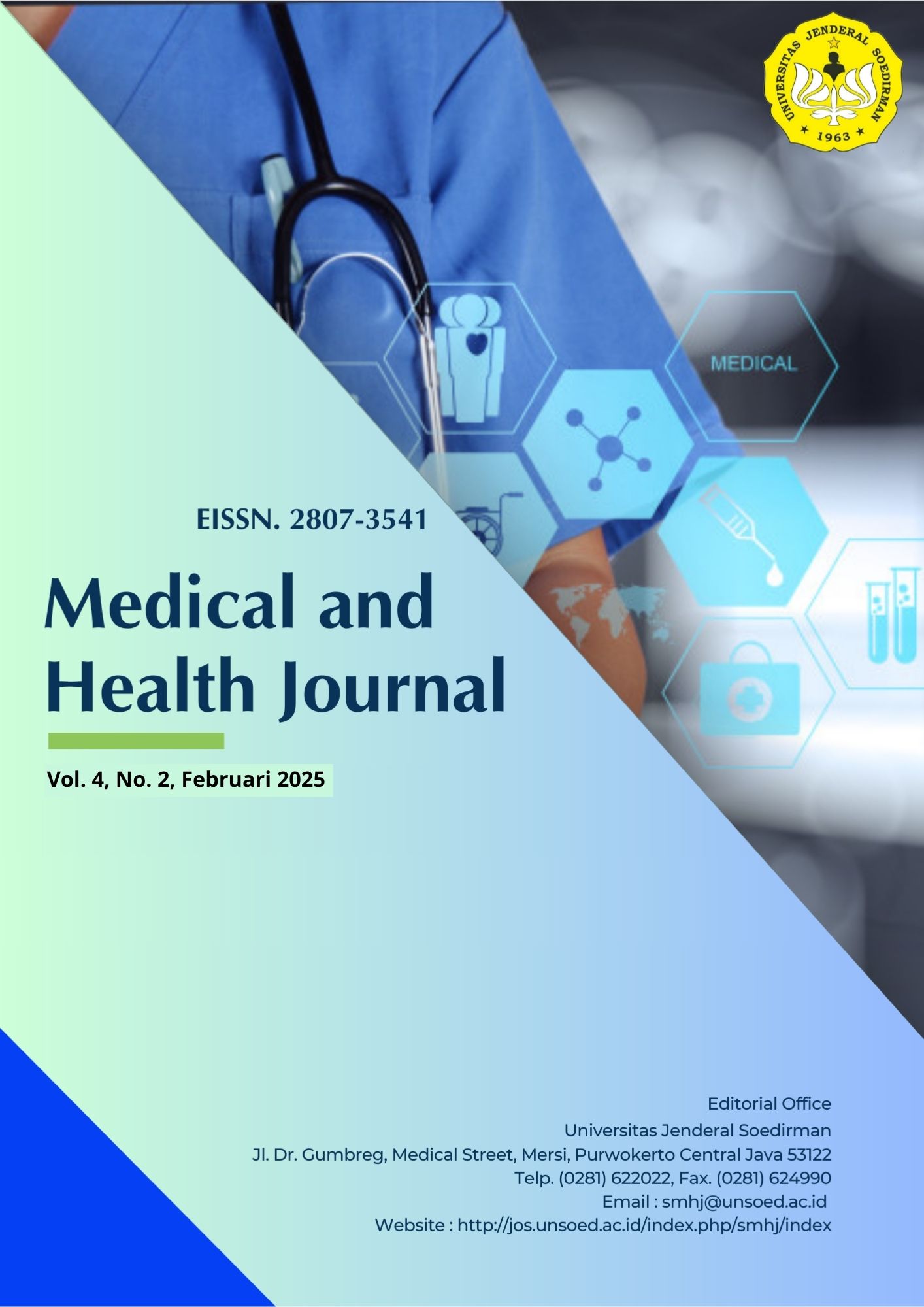COMPARISON OF THE EFFECTIVENESS OF SKIN SWAB AND SKIN SCRAPING TECHNIQUES FOR SCABIES DIAGNOSIS
Abstract
Scabies is a skin disease caused by an infestation of the mite Sarcoptes scabiei var. hominis. This disease often mimics other skin conditions, earning it the nickname "The Great Imitator." Four main signs (cardinal signs) of scabies infestation are recognized: intense itching at night (pruritus nocturna), group infections affecting multiple individuals, burrows accompanied by papules or vesicles, and the presence of mites on the patient’s lesions. Atypical scabies has several rare and difficult-to-recognize forms, which can lead to misdiagnosis. Accurate diagnosis is crucial to prevent further spread and complications.Several diagnostic methods can be employed to confirm this disease. Two diagnostic techniques commonly used are skin swab and skin scraping; however, the comparative effectiveness of these methods has not been extensively studied. This study aims to compare the effectiveness of these two techniques in detecting scabies. The research design used in this study is observational with a cross-sectional approach and a full-sampling method. The test subjects were scabies-infected rabbit obtained from the Research Laboratory of the Faculty of Medicine, Jenderal Soedirman University.A total of 8 samples were collected: 4 samples using the skin swab technique and 4 samples using the skin scraping technique. Samples were taken from active lesion areas using the skin swab technique with transparent adhesive tape and the skin scraping technique with a sterile scalpel. The collected samples were examined under a microscope to detect mites, eggs, or their feces. The results showed no statistically significant difference between the outcomes of the skin swab and skin scraping methods, with a p-value of 0.448 (p > 0.05). Both techniques were equally effective in diagnosing scabies in rabbit.Additionally, the skin swab technique was more comfortable for patients and minimized the risk of injury. In conclusion, the skin swab technique can serve as a safer and more effective alternative to skin scraping, particularly for diagnosing scabies in sensitive lesion areas. This study is expected to assist medical practitioners in selecting the optimal diagnostic method for scabies.






